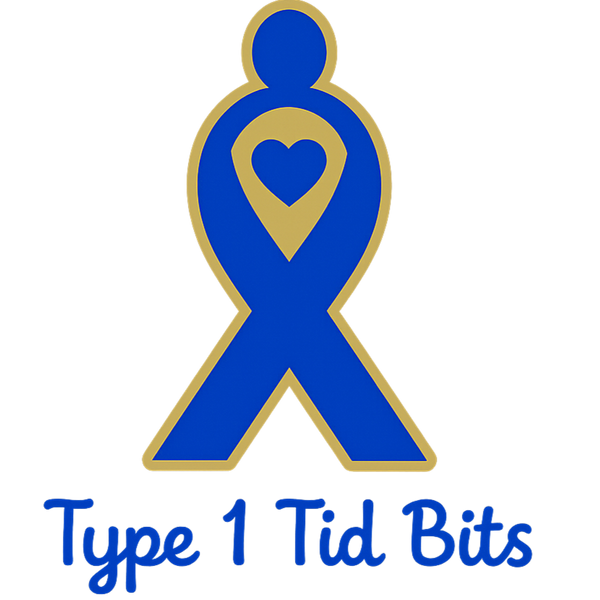Carbohydrate counting, or carb counting, is one of the most useful skills for managing diabetes. Whether you have type 1 or type 2 diabetes, learning how to track carbs can help balance blood sugar, improve energy, and give you more control over your food choices. If you’re just starting out, this beginner’s guide will walk you through the basics.
Why Carbs Matter in Diabetes
Carbohydrates are the main nutrient that raises blood sugar. When eaten, carbs break down into glucose, which enters the bloodstream.
-
For people with type 1 diabetes, carb counting is essential to match insulin doses with food intake.
-
For those with type 2 diabetes, especially if managed with diet, tablets, or insulin, carb counting helps with portion control and understanding how different foods affect blood sugar.
Step 1: Know Your Carb Sources
Not all foods have a big effect on blood sugar. Focus first on learning which foods are high in carbohydrates.
Common carb-rich foods include:
-
Grains: bread, rice, pasta, cereals
-
Starchy vegetables: potatoes, corn, peas
-
Fruit and fruit juice
-
Dairy: milk and yogurt
-
Sugary foods: sweets, cakes, soft drinks
Foods like meat, fish, cheese, eggs, and most non-starchy vegetables are low in carbs and don’t need as much tracking.
Step 2: Learn to Read Food Labels
Food labels are one of the easiest ways to count carbs accurately.
-
Look at the “Total Carbohydrate” line.
-
Pay attention to the serving size listed—it may be smaller than what you actually eat.
-
Subtract dietary fibre (if listed) from total carbs to calculate “net carbs,” which affect blood sugar.
Step 3: Use Handy Carb Counting Tools
When you don’t have a label (like at restaurants or with home-cooked meals), you’ll need other tools.
-
Carb counting books or reference guides
-
Apps like MyFitnessPal, Carb Manager, or CalorieKing
-
Food scales and measuring cups until you get comfortable estimating portion sizes
Step 4: Match Carbs to Your Treatment Plan
-
Type 1 Diabetes: Insulin doses are often calculated using an insulin-to-carb ratio (e.g., 1 unit of insulin for every 10 grams of carbs). Your diabetes team will help set this ratio.
-
Type 2 Diabetes: Carb counting helps with weight management, portion control, and keeping blood sugar steady—even if you aren’t adjusting insulin for every meal.
Step 5: Practice and Adjust
Carb counting gets easier the more you practice. At first, it may feel overwhelming, but over time you’ll learn common carb values by memory (like one slice of bread ≈ 15 grams of carbs).
Keep track of your blood glucose after meals to see how your carb estimates and food choices affect your levels.
Final Tips for Beginners
-
Don’t aim for perfection—carb counting is about improvement, not perfection.
-
Focus on quality carbs: whole grains, fruits, and vegetables.
-
Work with a diabetes educator or dietitian to create a carb-counting plan that fits your lifestyle.
Final Thoughts
Carb counting is one of the most empowering tools for people with diabetes. It gives you flexibility in your diet, helps you balance insulin or medication, and supports steady blood sugar control. With a little practice and the right tools, carb counting can quickly become second nature.

